

|
|
Leveraging common mobile devices including smartphones and tablets |
|
|
Previously cost-prohibitive technology more accessible |
|
|
Consumer electronics integrated into research, industrial, and medical technologies |
|
|
Including testing equipment, medical devices, thermal cameras, spectrometers, and more |
Smartphones, tablets, wearable technology like smartwatches, and other modern consumer electronics provide unprecedented levels of portable computing power and connectivity. Research, industrial, and medical technologies are now integrating mobile devices into their designs, leveraging the prevalence of these powerful mobile devices to greatly reduce costs and make previously cost-prohibitive technology accessible to everyone. Technologies now integrated with consumer electronics include testing equipment, medical devices, thermal cameras, spectrometers, and more.
Universities and research institutions often require many different types of laboratory equipment including oscilloscopes, spectrum analyzers, and lock-in amplifiers. Acquiring all of these different devices can be costly and inaccessible for some labs. However, the integration of consumer electronics into laboratory equipment can drastically reduce the cost of equipment and even reduce the number of devices required.
The Moku:Lab Multi-Instrument Device eliminates the need for multiple laboratory testing and measurement devices by combining them into one compact device. Controlled via an intuitive iPad® interface, the Moku:Lab allows users to switch between instruments in real time. Additionally, settings such as scales, measurements, cursors, and input impedance are saved automatically when switching between instruments. The device features 2 high-speed channel analog (BNC) inputs and outputs and is compatible with Python, LabVIEW™, and MATLAB®. The Moku:Lab Multi-Instrument Device provides the means for professional-grade testing and measurement at new, lower levels of affordability and flexibility.
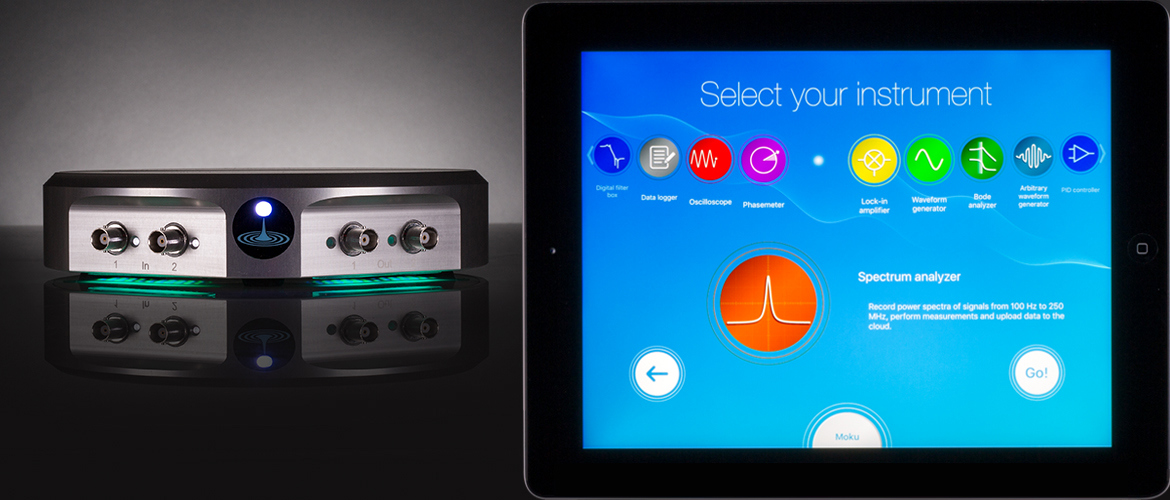
Figure 1: Tablet-Enabled All-in-One Multi-Instrument Device
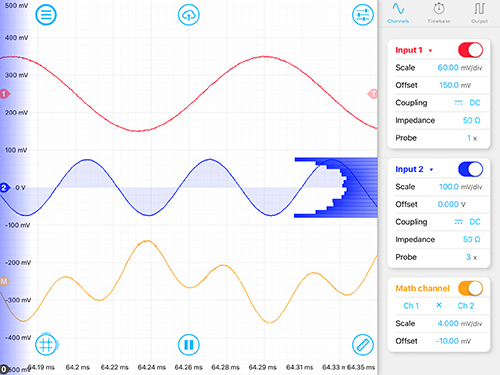
Figure 2: Oscilloscope
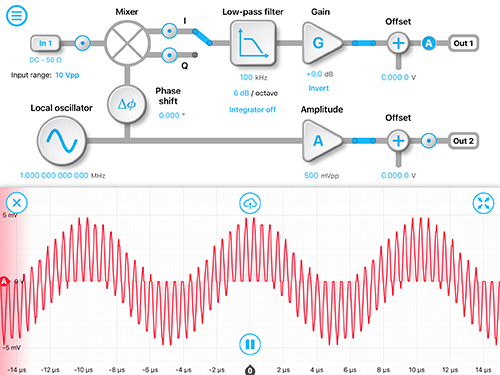
Figure 3: Lock-In Amplifier
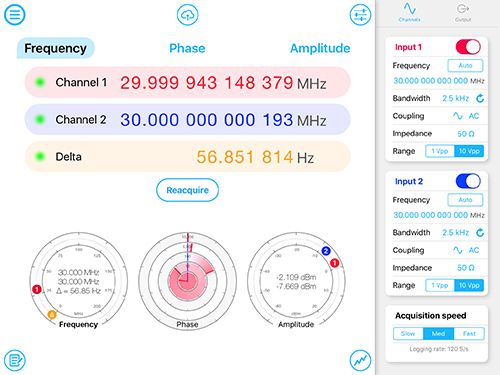
Figure 4: Phasemeter
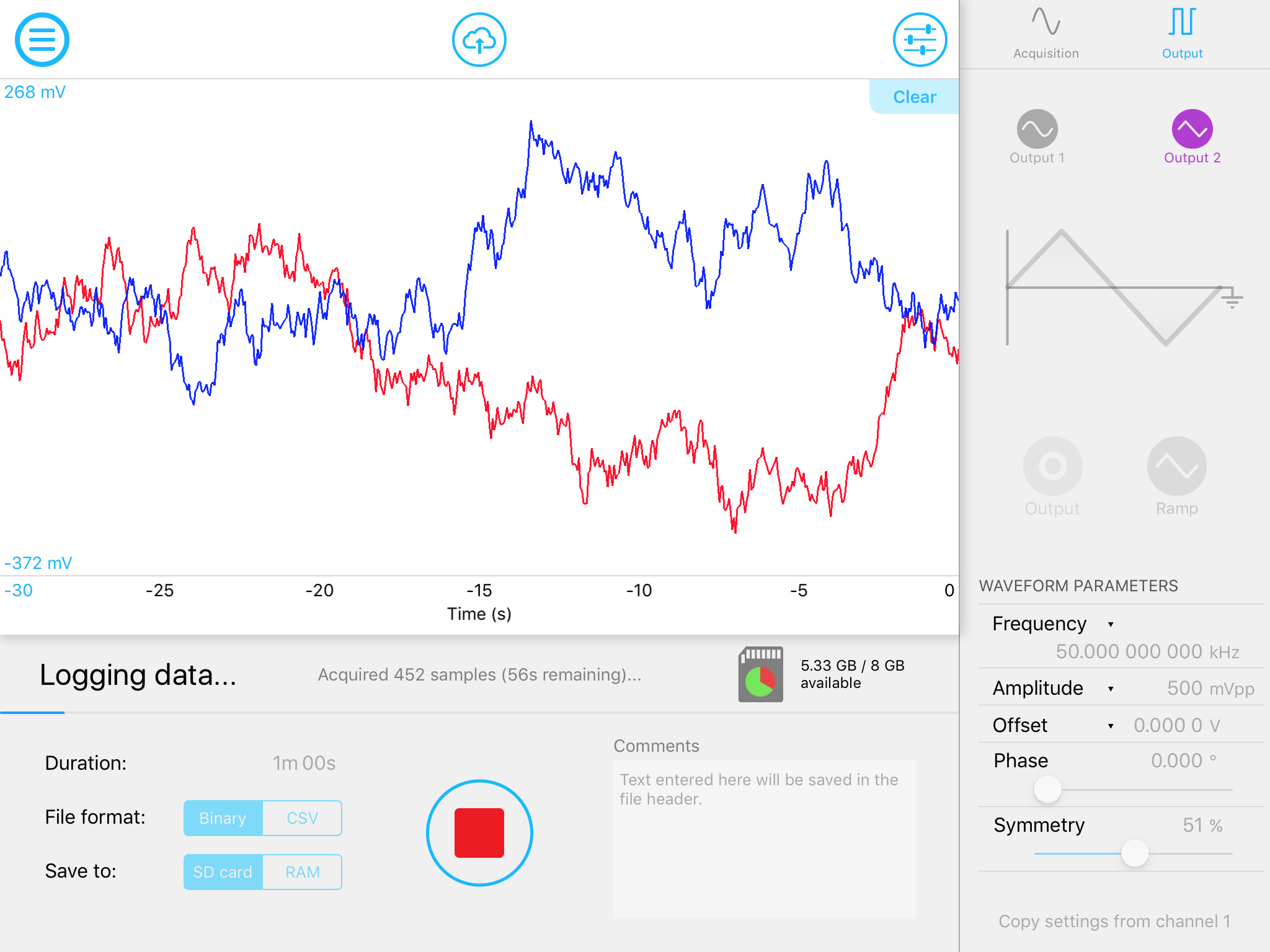
Figure 5: Data Logger

Healthcare is heavily reliant on utilizing the best, most up-to-date equipment available to provide the highest quality medical services. Medical devices can greatly reduce production costs by leveraging the cameras, recording capabilities, and processing power of mobile devices. Some examples include the Oto Pro, a smartphone-enabled otoscope used to diagnose chronic ear infections in children, and OEM medical machines like oxygenators and wearable dialysis machines that use tablets as control units.
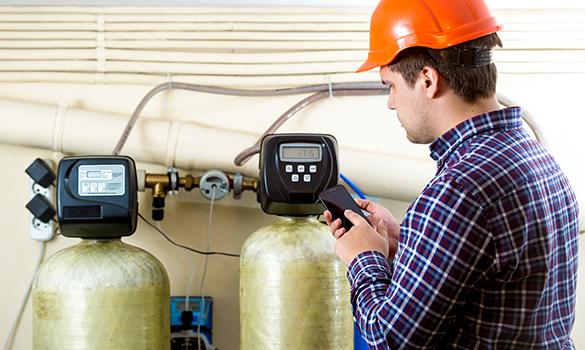
A wide range of industrial technologies are also integrating consumer electronics to significantly reduce costs and simplify use. FLIR Systems, Inc. offers a thermal imaging camera attachment for smartphones called FLIR ONE® that can be used to identify electrical problems, HVAC issues, and water leaks in roofs. A wide number of smartphone-enabled spectrometers have also been developed to identify unknown materials by breaking down the light that it reflects or emits.
 Is it possible to control the Moku:Lab Multi-Instrument Device without an iPad®?
Is it possible to control the Moku:Lab Multi-Instrument Device without an iPad®?
Yes, there is an available Python library available from Liquid Instruments that allows you to interact with the Moku:Lab device from any computer running macOS, Windows, or Linux.
 Does Edmund Optics® sell the FLIR ONE® from FLIR Systems, Inc?
Does Edmund Optics® sell the FLIR ONE® from FLIR Systems, Inc?
 What would I use a smartphone enabled thermal camera for?
What would I use a smartphone enabled thermal camera for?
or view regional numbers
QUOTE TOOL
enter stock numbers to begin
Copyright 2023, Edmund Optics India Private Limited, #267, Greystone Building, Second Floor, 6th Cross Rd, Binnamangala, Stage 1, Indiranagar, Bengaluru, Karnataka, India 560038
California Consumer Privacy Acts (CCPA): Do Not Sell or Share My Personal Information
California Transparency in Supply Chains Act
The FUTURE Depends On Optics®